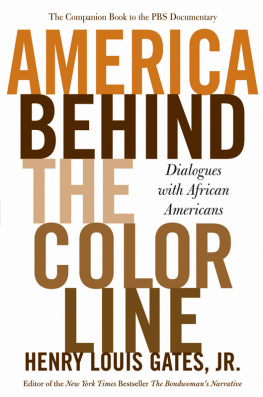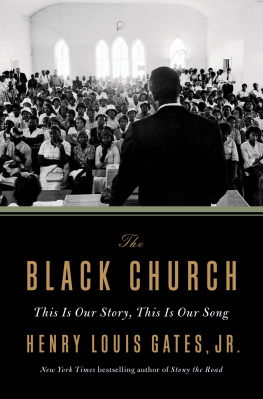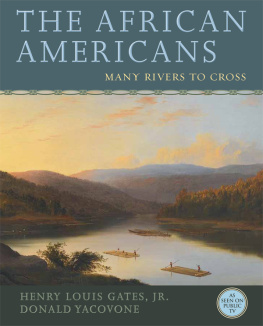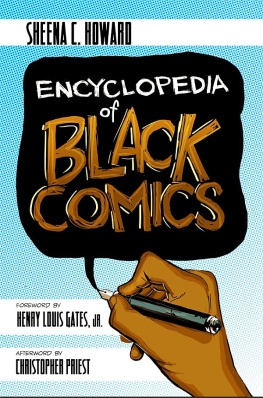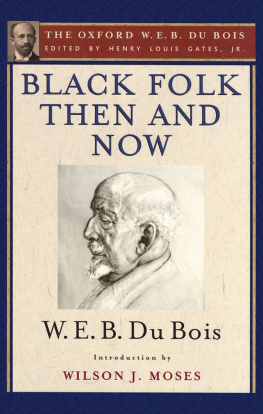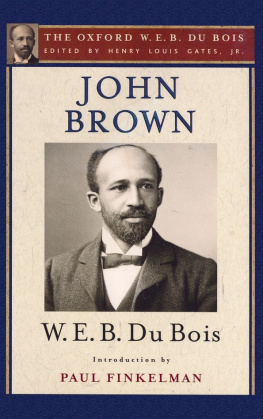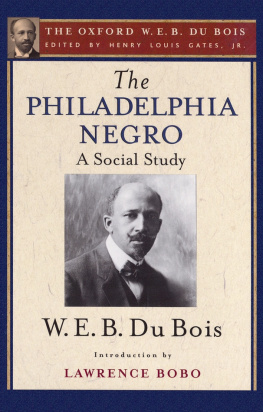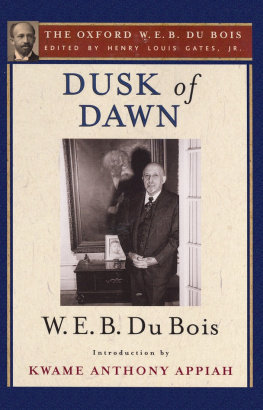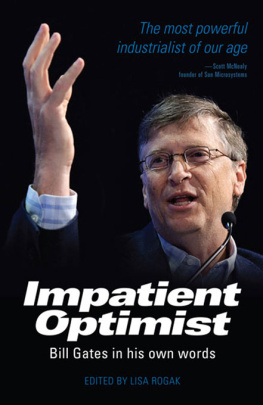Gates - Signifying Monkey
Here you can read online Gates - Signifying Monkey full text of the book (entire story) in english for free. Download pdf and epub, get meaning, cover and reviews about this ebook. City: USA, year: 1988, publisher: Oxford University Press, genre: Romance novel. Description of the work, (preface) as well as reviews are available. Best literature library LitArk.com created for fans of good reading and offers a wide selection of genres:
Romance novel
Science fiction
Adventure
Detective
Science
History
Home and family
Prose
Art
Politics
Computer
Non-fiction
Religion
Business
Children
Humor
Choose a favorite category and find really read worthwhile books. Enjoy immersion in the world of imagination, feel the emotions of the characters or learn something new for yourself, make an fascinating discovery.

- Book:Signifying Monkey
- Author:
- Publisher:Oxford University Press
- Genre:
- Year:1988
- City:USA
- Rating:4 / 5
- Favourites:Add to favourites
- Your mark:
- 80
- 1
- 2
- 3
- 4
- 5
Signifying Monkey: summary, description and annotation
We offer to read an annotation, description, summary or preface (depends on what the author of the book "Signifying Monkey" wrote himself). If you haven't found the necessary information about the book — write in the comments, we will try to find it.
Signifying Monkey — read online for free the complete book (whole text) full work
Below is the text of the book, divided by pages. System saving the place of the last page read, allows you to conveniently read the book "Signifying Monkey" online for free, without having to search again every time where you left off. Put a bookmark, and you can go to the page where you finished reading at any time.
Font size:
Interval:
Bookmark:
THE SIGNIFYING MONKEY
MONKEY
A Theory of African-American
Literary Criticism
Henry Louis Gates, Jr.

OXFORD UNIVERSITY PRESS
Oxford New York Toronto
Delhi Bombay Calcutta Madras Karachi
Petaling Jaya Singapore Hong Kong Tokyo
Nairobi Dar es Salaam Cape Town
Melbourne Auckland
and associated companies in
Berlin Ibadan
Copyright 1988 by Henry Louis Gates, Jr.
First published in 1988 by Oxford University Press, Inc.,
198 Madison Avenue, New York, New York 10016-4314
First issued as an Oxford University Press paperback, 1989
Oxford is a registered trademark of Oxford University Press
All rights reserved. No part of this publication may be reproduced,
stored in a retrieval system, or transmitted, in any form or by any means,
electronic, mechanical, photocopying, recording, or otherwise,
without the prior permission of Oxford University Press, Inc.
Library of Congress Cataloging-in-Publication Data
Gates, Henry Louis, Jr.
The signifying monkey.
Bibliography: p. Includes index.
1. American literatureAfro-American authorsHistory
and criticismTheory, etc. 2. Afro-AmericansIntellectual life.
3. Afro-Americans in literature. 4. Criticism-United States.
5. Oral tradition-United States. 6. Mythology, African, in literature.
7. Afro-Americans-Folklore. 8. American literature-African influences.
I. Title.
PS153.N5G28 1988 810.9896073 8814005
ISBN-13 978-0-19-503463-9; 978-0-19-506075-1 (pbk.)
20 19 18 17
Printed in the United States of America
For Sharon Adams
There is a cruel contradiction implicit in the art form itself. For true jazz is an art of individual assertion within and against the group. Each true jazz moment (as distinct from the uninspired commercial performance) springs from a contest in which each artist challenges all the rest, each solo flight, or improvisation, represents (like the successive canvases of a painter) a definition of his identity: as individual, as member of the collectivity and as link in the chain of tradition. Thus, because jazz finds its very life in an endless improvisation upon traditional materials, the jazzman must lose his identity even as he finds it.
Ralph Ellison
Improvisation is the play of black differences. Kimberly W. Benston
Slowly but steadily, in the following years, a new vision began gradually to replace the dream of political power,a powerful movement, the rise of another ideal to guide the unguided, another pillar of fire by night after a clouded day. It was the ideal of book-learning; the curiosity, born of compulsory ignorance, to know and test the power of the cabalistic letters of the white man, the longing to know. Here at last seemed to have been discovered the mountain path to Canaan; longer than the highway of Emancipation and law, steep and rugged, but straight, leading to heights high enough to overlook life.
* * *
The would-be black savant was confronted by the paradox that the knowledge his people needed was a twice-told tale to his white neighbors, while the knowledge which would teach the white world was Greek to his own flesh and blood. The innate love of harmony and beauty that set the ruder souls of his people a-dancing and a-singing raised but confusion and doubt in the soul of the black artist; for the beauty revealed to him was the soul-beauty of a race which his larger audience despised, and he could not articulate the message of another people. This waste of double aims, this seeking to satisfy two unreconciled ideals, has wrought sad havoc with the courage and faith and deeds of ten thousand thousand people,has sent them often wooing false gods and invoking false means of salvation, and at times has even seemed about to make them ashamed of themselves. W. E. B. Du Bois
Look like to me only a fool would want you to talk in a way that feel peculiar to your mind. Alice Walker
The Signifying Monkey, even more than is usual, has been shaped with the help of my friends. The central idea of this book assumed its initial form in a paper that I delivered at a Yale English Department seminar on Parody, conducted by James A. Snead, an old friend since our undergraduate days at Yale College. Sneads enthusiastic response, and that of his students, confirmed my hope that I had at last located within the African and Afro-American traditions a system of rhetoric and interpretation that could be drawn upon both as figures for a genuinely black criticism and as frames through which I could interpret, or read, theories of contemporary literary criticism.
After several active years of work applying literary theory to African and Afro-American literatures, I realized that what had early on seemed to me to be the fulfillment of my project as a would-be theorist of black literature was, in fact, only a moment in a progression. The challenge of my project, if not exactly to invent a black theory, was to locate and identify how the black tradition had theorized about itself. It was Geoffrey H. Hartman, shortly after my return to Yale from graduate school at Cambridge, who issued this challenge to me, accompanied by what has proven to be his unflagging support for this project.
Ralph Ellisons example of a thoroughly integrated critical discourse, informed by the black vernacular tradition and Western criticism, provided the model for my work. Ishmael Reeds formal revision and critique of the Afro-American literary tradition, a project that had arrested my attention since graduate school, helped to generate this theory, especially as Reed manifested his critique in his third novel, Mumbo Jumbo. It seemed to me that the relation of Reeds text to those of Ralph Ellison and Richard Wright, Jean Toomer and Sterling A. Brown, and Zora Neale Hurston, was a Signifyin(g) relation, as the Afro-American tradition would have it. Through Reeds character, Papa La Bas, I was able to construct a myth of origins for Signifyin(g) and its sign, the Signifying Monkey. Slowly and surely, my search for a chart of descent for the Monkey ended with that Pan-African repository of figuration and interpretation, Esu-Elegbara, the Yoruba trickster figure, by way of Nigeria, Benin, Brazil, Cuba, Haiti, and New Orleans. In a curious way, which I was to realize only much later, my discovery of Esu was a rediscovery; for my supervisor at Cambridge, John Holloway, had forced me to read Frobeniuss The Voice of Africa a decade ago, and it was there that I first met Esu-Elegbara. But it was the Afro-American tradition that generated the concept of Signifyin(g).
A close reading of two texts has led to a theory of criticism. Ellisons critical practice and Reeds revisionary techniques of parody and pastiche generated the ideas that I develop in this book. Needless to say, neither Ellison nor Reed is in any way responsible for the extended interpretations suggested to me by Shadow and Act and Mumbo Jumbo.
Wole Soyinkas works of literature and criticism provide the African model to be strived for. Soyinka is one of the few black authors who assumes his propositions rather than claims them. This simple rhetorical gesture is devastatingly effective. Moreover, no matter how particular his subject matter appears to be, Soyinka always makes of his materials a statement about the human condition. My love of Yoruba culture and language was awakened by my friendship with Soyinka. I only hope that my analysis of his Yoruba metaphysics does that remarkable system of thought justice.
Next pageFont size:
Interval:
Bookmark:
Similar books «Signifying Monkey»
Look at similar books to Signifying Monkey. We have selected literature similar in name and meaning in the hope of providing readers with more options to find new, interesting, not yet read works.
Discussion, reviews of the book Signifying Monkey and just readers' own opinions. Leave your comments, write what you think about the work, its meaning or the main characters. Specify what exactly you liked and what you didn't like, and why you think so.





